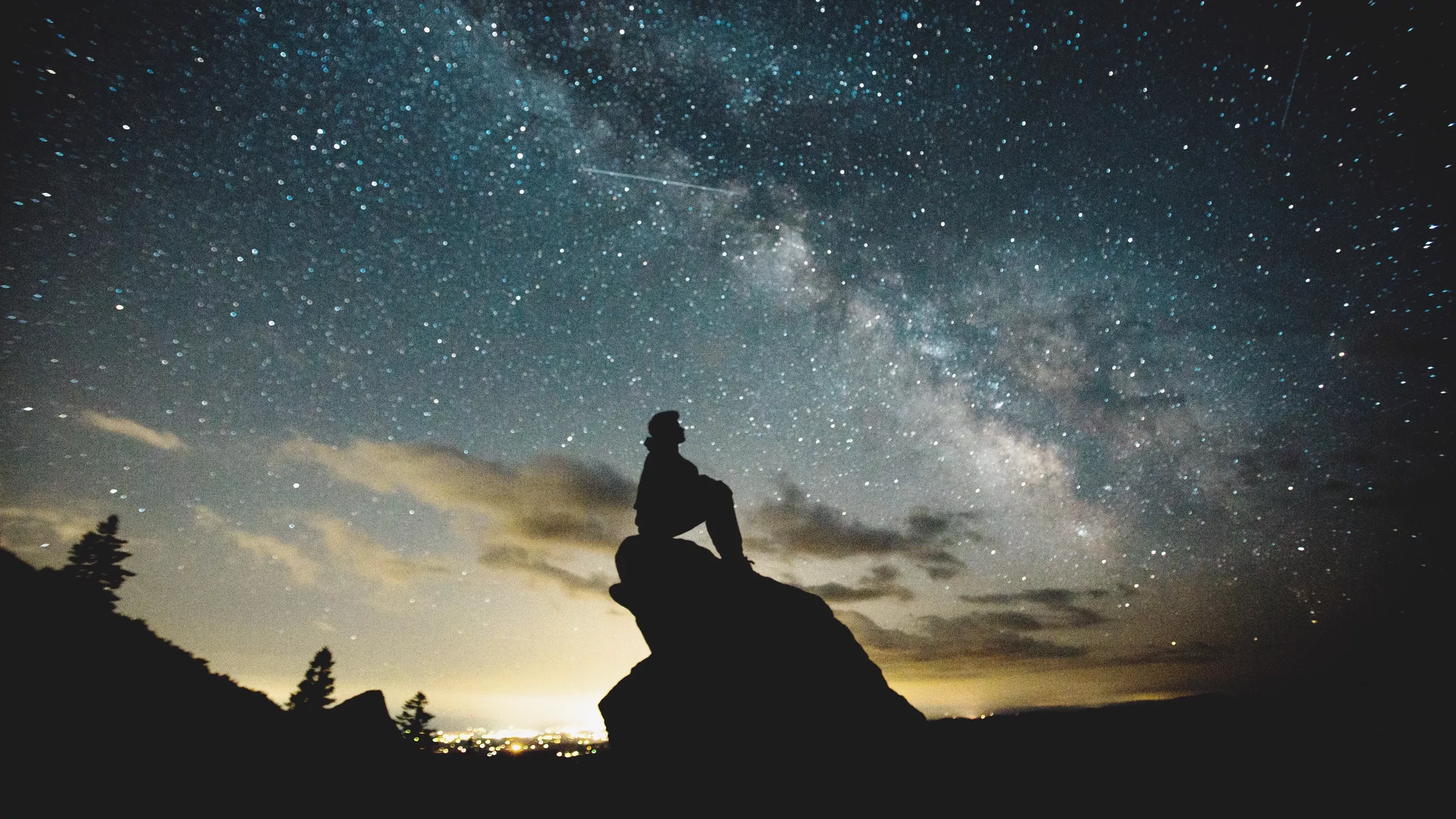Comprehensive guide how to find the Milky Way

The Milky Way galaxy is a breathtaking sight to behold, but finding it can be a bit of a challenge. In this comprehensive guide, we will walk you through everything you need to know to spot the Milky Way and capture its stunning beauty. Whether you’re a seasoned photographer or just starting out, this guide will help you get the best possible view of the galaxy.
“Step by Step Guide to Finding the Milky Way”
Step 1: Location, Location, Location
The first step in finding the Milky Way is to find a location that is far from city lights. Light pollution from cities and towns can make it difficult to see the galaxy, so it’s important to get as far away from it as possible. Some of the best places to see the Milky Way include national parks, dark sky reserves, and remote areas with low levels of light pollution.
Step 2: The Right Time of Year and Time of Night
The Milky Way is most visible from May to August, with June and July being the best months to see it. It’s also best to view the galaxy during the night, when it is highest in the sky. The exact time will depend on your location, so it’s a good idea to check a star chart or use a smartphone app to determine the best time to see the Milky Way in your area.
Step 3: Bring the Right Equipment
To see the Milky Way, you’ll need a clear, dark sky and a camera with a fast lens. A camera with a fast lens will allow you to capture more light and get a clearer, brighter image of the galaxy. You’ll also want to bring a tripod to stabilize your camera and prevent camera shake, as well as a red light to help preserve your night vision.
Step 4: Composition and Settings
When composing your shot, try to find a foreground object to include in the image. This will give your photo more depth and interest, and will help the Milky Way stand out. When it comes to camera settings, you’ll want to use a wide aperture (f/2.8 or lower) and a high ISO (1600 or higher) to capture as much light as possible. You’ll also need to use a long exposure time (15-30 seconds or more) to allow enough light to reach the camera sensor.
Step 5: Shooting and Processing
Once you have your camera set up, it’s time to start shooting. Take several photos, using different exposures and compositions, to get the best possible results. After you’ve taken your photos, you’ll need to process them using photo editing software. This will allow you to adjust the exposure, brightness, contrast, and other settings to get the best possible image of the Milky Way.
“Frequently Asked Questions about Finding the Milky Way”
Q: Where is the best place to see the Milky Way?
A: The best place to see the Milky Way is in a location that is far from city lights and has a clear, dark sky. National parks, dark sky reserves, and remote areas with low levels of light pollution are good places to start.
Q: When is the best time to see the Milky Way?
A: The best time to see the Milky Way is during the night, from May to August, with June and July being the best months. The exact time will depend on your location, so it’s a good idea to check a star chart or use a smartphone app to determine the best time to see the Milky Way in your area.
Q: What equipment do I need to see the Milky Way?
A: To see the Milky Way, you’ll need a clear, dark sky, a camera with a fast lens, a tripod, and a red light. A camera with a fast lens will allow you to capture more light, while a tripod will help stabilize your camera and prevent camera shake. A red light will help preserve your night vision while shooting.
Q: What camera settings should I use to capture the Milky Way?
A: To capture the Milky Way, you’ll want to use a wide aperture (f/2.8 or lower), a high ISO (1600 or higher), and a long exposure time (15-30 seconds or more). Using a wide aperture and high ISO will allow you to capture as much light as possible, while a long exposure time will allow enough light to reach the camera sensor.
Conclusion:
Capturing the beauty of the Milky Way is a rewarding and unforgettable experience. With the right location, equipment, and camera settings, anyone can capture stunning images of the galaxy. Whether you’re a seasoned photographer or just starting out, this comprehensive guide will help you find and capture the Milky Way like a pro. So get out there and start shooting!
The “Comprehensive Guide on How to Find the Milky Way” provides a complete understanding of the steps, tips and tricks involved in finding and capturing the stunning beauty of the Milky Way galaxy. Whether you are a seasoned photographer or just starting out, this guide is a must-read to make sure you get the best possible view and images of the Milky Way.
The Milky Way is a breathtaking sight that has fascinated humans for centuries. As the galaxy we call home, it is filled with billions of stars and serves as a reminder of our place in the universe. If you’re wondering how to find the Milky Way, this comprehensive guide is here to help. Follow these steps to locate and view the galaxy in all its glory.